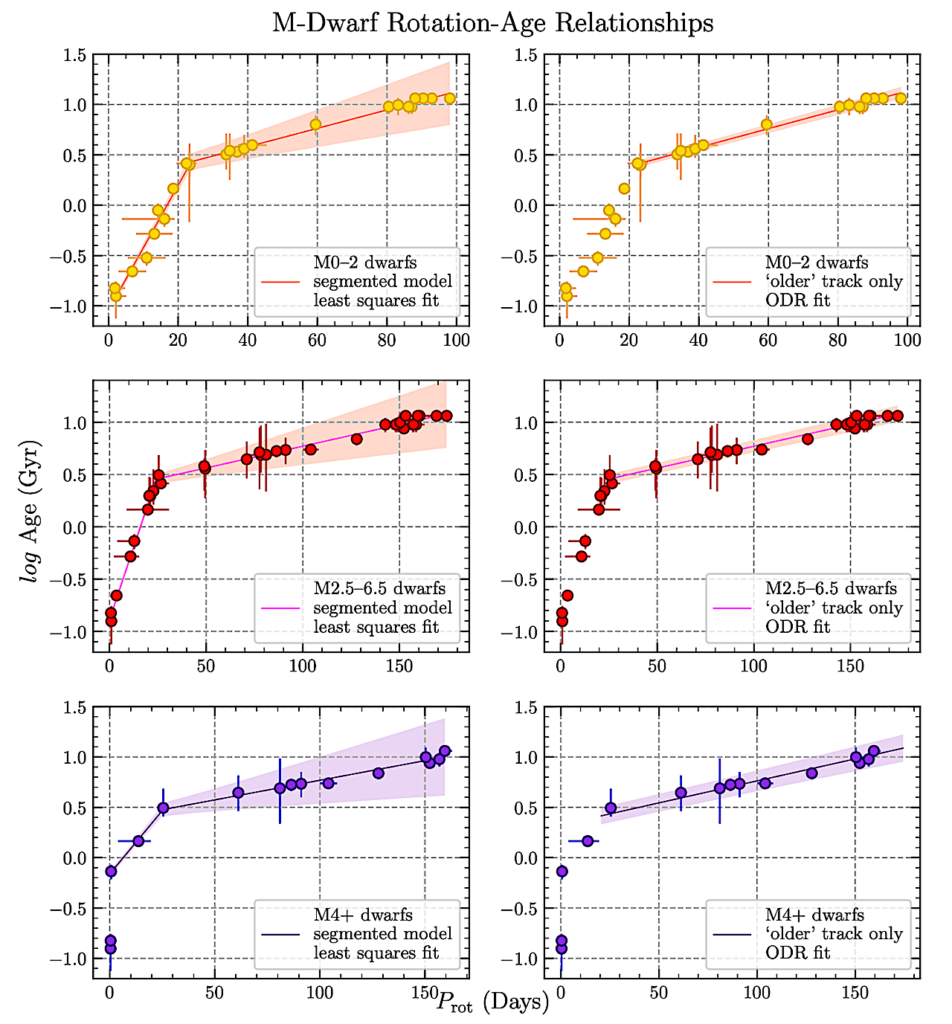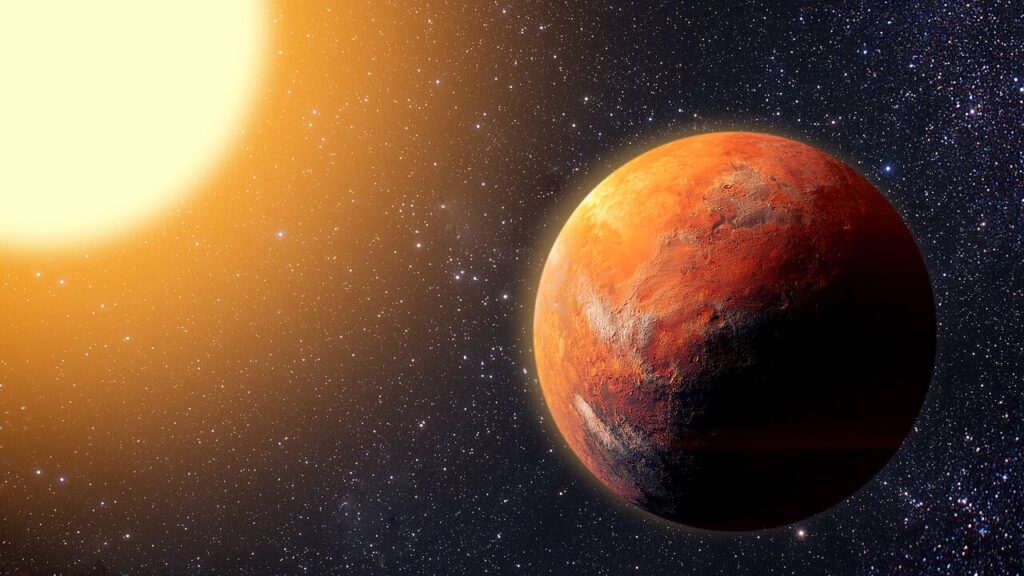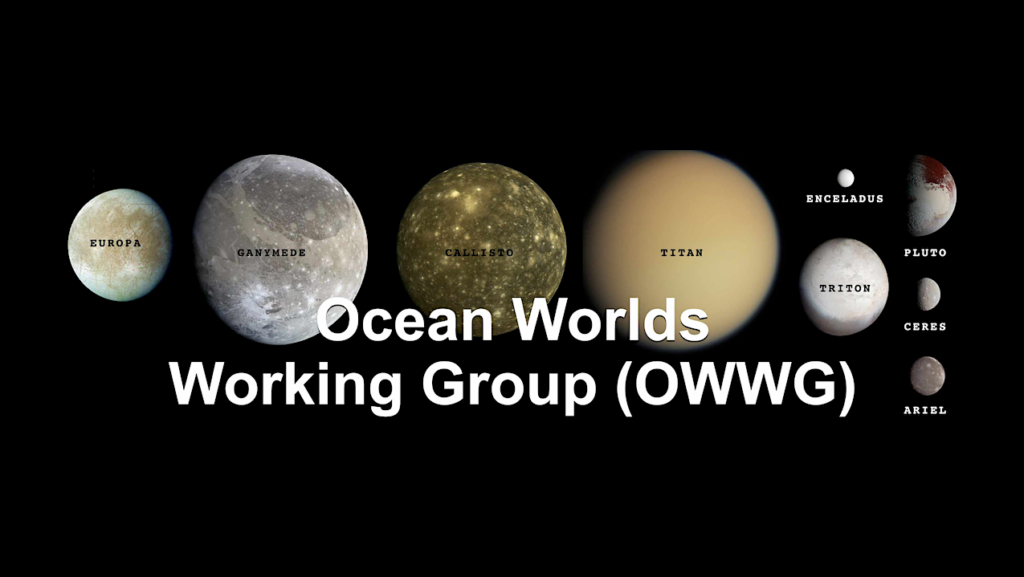Living With A Red Dwarf: X-ray, UV, And Ca II Activity-Age Relationships Of M Dwarfs

The vast majority of stars in the nearby stellar neighborhood are M dwarfs. Their low masses and luminosities result in slow rates of nuclear evolution and minimal changes to the star’s observable properties, even along astronomical timescales.
However, they possess relatively powerful magnetic dynamos and resulting X-ray to UV activity, compared to their bolometric luminosities. This magnetic activity does undergo an observable decline over time, making it an important potential age determinant for M dwarfs. Observing this activity is important for studying the outer atmospheres of these stars, but also for comparing the behaviors of different spectral type subsets of M dwarfs, e.g., those with partially vs. fully convective interiors.
Beyond stellar astrophysics, understanding the X-ray to UV activity of M dwarfs over time is also important for studying the atmospheres and habitability of any hosted exoplanets. Earth-sized exoplanets, in particular, are more commonly found orbiting M dwarfs than any other stellar type, and thermal escape (driven by the M dwarf X-ray to UV activity) is believed to be the dominant atmospheric loss mechanism for these planets.
Utilizing recently calibrated M dwarf age-rotation relationships, also constructed as part of the Living with a Red Dwarf program (Engle & Guinan 2023), we have analyzed the evolution of M dwarf activity over time, in terms of coronal (X-ray), chromospheric (Lyman-α, and Ca II), and overall X–UV (5–1700 Angstrom) emissions. The activity-age relationships presented here will be useful for studying exoplanet habitability and atmospheric loss, but also for studying the different dynamo and outer atmospheric heating mechanisms at work in M dwarfs.

M dwarf age-rotation relationships from the Living with a Red Dwarf program (Engle & Guinan 2023). With the exception of cluster or galactic population members, these relationships were used to calculate the stellar ages used in this study and presented in the Tables. Each row of plots is devoted to a specific subset of M dwarfs. The ‘early’ M dwarfs, M0–2 dwarfs, are plotted in the top row. The ‘mid-late’ M dwarfs are plotted in the middle row. For the ‘older’ track, M2.5–6.5 dwarfs are plotted together since they have all settled onto a common evolutionary path. However, only M2.5–3.5 dwarfs are plotted on the ‘young’ track due to the large differences in pre-main sequence lifetimes that are encountered within this mass-range. Consequently, a third subset was created and shown in the bottom row. Here, only M4 (and later) dwarfs are plotted. As seen, there is a large difference between the young tracks of the middle and bottom rows, but any difference between the older tracks is well within the uncertainties of the fits. — astro-ph.SR
Scott G. Engle
Comments: Submitted to ApJ; response has been sent to referee’s comments
Subjects: Solar and Stellar Astrophysics (astro-ph.SR); Earth and Planetary Astrophysics (astro-ph.EP); High Energy Astrophysical Phenomena (astro-ph.HE)
Cite as: arXiv:2310.04302 [astro-ph.SR] (or arXiv:2310.04302v1 [astro-ph.SR] for this version)
Submission history
From: Scott Engle
[v1] Fri, 6 Oct 2023 15:04:00 UTC (1,543 KB)
https://arxiv.org/abs/2310.04302
Astrobiology








